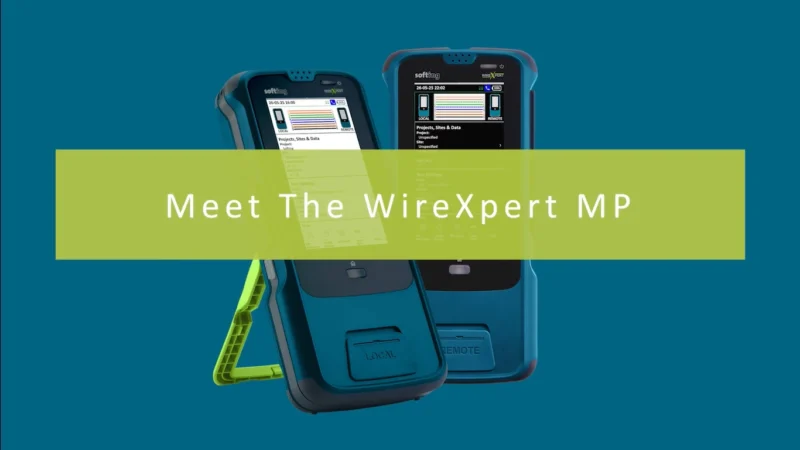Satellite IoT Systems are Planting the Seeds for Smart Agriculture’s Future
The world of smart cities and agriculture is on the brink of a revolution as satellite IoT systems are set to bring about significant advancements in connectivity and data capture. IoT companies are starting to realize the importance of their IoT devices not only taking advantage of 4G and 5G networks, but of sophisticated satellite networks as well. For example, industrial edge computing and wireless communications company FreeWave Technologies is now working with ORBCOMM Inc., a top M2M and IoT solutions company with an array of satellite connectivity solutions, to broaden its IoT solutions portfolio.
The company’s satellite terminal gives FreeWave’s device users access to enhanced two-way communication speed, global coverage, and low power consumption for a wide range of IoT applications, including in smart agriculture. These applications encompass connected farming and agricultural systems, water treatment and distribution, weather prediction, and tank-level management.
As satellite network usage continues to expand beyond telecom and becomes a foundational ecosystem for the future of IoT, what role do IoT and network architecture professionals see satellite IoT systems playing for heavy industry applications like agriculture? Taimoor Yousaf, Data and Cloud Architect at Z2C Limited, sees these space-bound networks as a game changer, especially for smart agriculture.
Taimoor Yousaf’s Thoughts:
“Satellite IoT systems can enhance tracking, monitoring, analyzing, and automating a lot of operations when applied with the entire suite of intelligent chain architecture. Factors affecting the farming and production processes can be monitored, and a lot of data can be collected, such as soil, moisture, air humidity, temperature, pH levels, etc. And some other vital factors affecting the farming processes in production, which affect the efficiency of all of that, includes things like air temperature, transportation, humidity, solar radiation, soil moisture, pest status, etc.
So a lot of this data, when it’s collected through satellite IoT systems, allows real-time collection and analysis of a lot of the composition of the farming soil, and it allows the transmission of that information to farmers via the internet.
The result demonstrates that the health of the soil is monitored in real time, and it helps provide timely recommendations to farmers who are aiming to increase their productivity and farming efficiency. Monitoring information such as soil condition, moisture, and temperature, and the prediction of natural factors such as rainfall in weather, supports the control of growing conditions for a crop. It helps farmers plan and make irrigation decisions far better and help them optimize production and reduce labor costs at the same time.
In addition, the collected data combined with big data processing technologies can provide recommendations for implementing preventive and remedial solutions. This could include prevention against pests and diseases in farming.”








